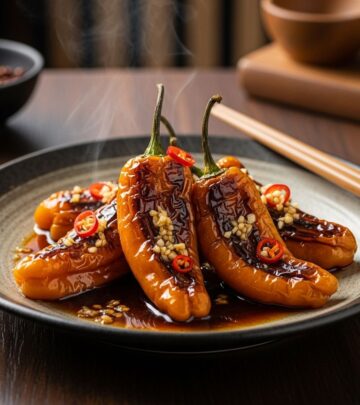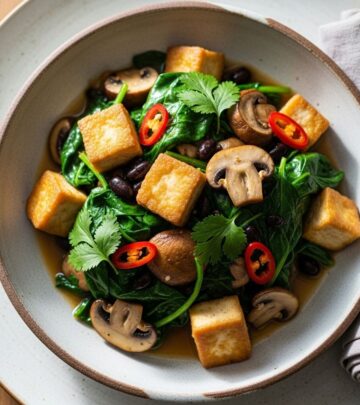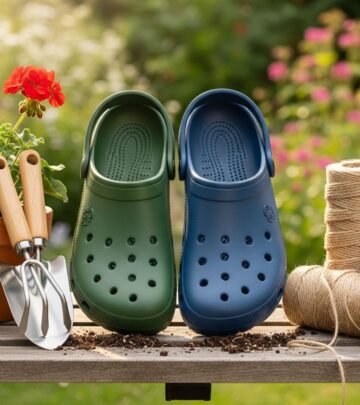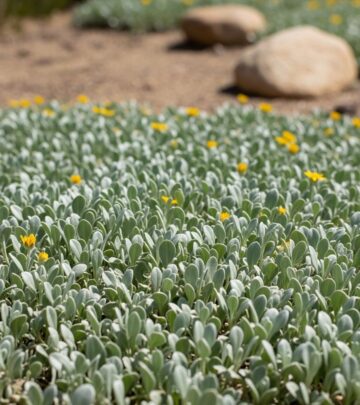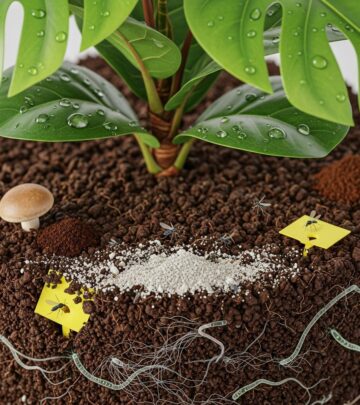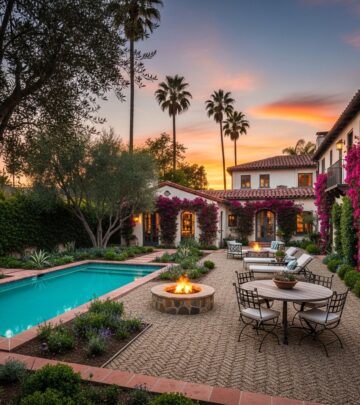Jasmine Varieties: 14 Stunning Types For Fragrance And Beauty
Discover 14 beautiful jasmine varieties for your garden, with tips on care, growth habits, and selecting the perfect fragrant plant.
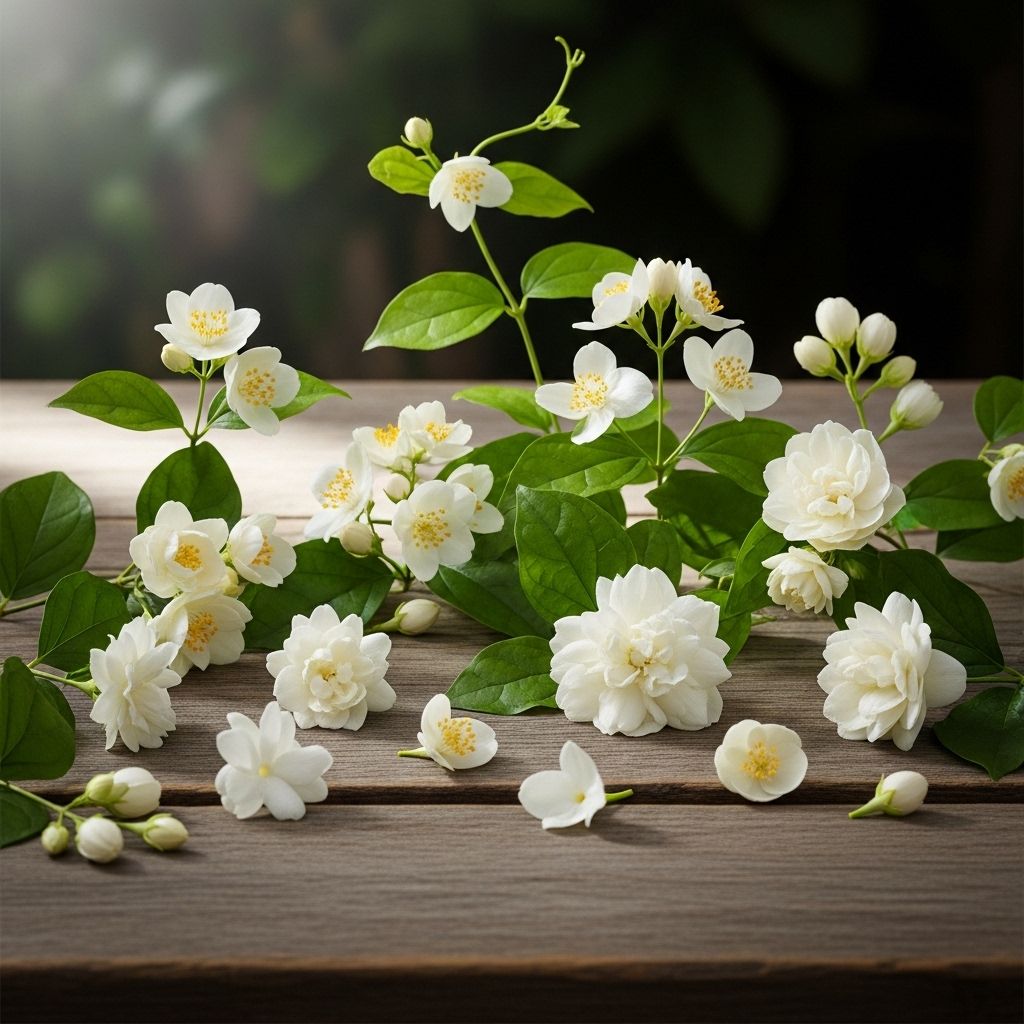
Image: HearthJunction Design Team
Jasmine Varieties: 14 Types for Fragrance and Beauty
If you’re dreaming of adding jasmine’s sweet scent and delicate flowers to your landscape, you’ll love discovering the plant’s incredible diversity. While the word ‘jasmine’ often conjures images of white, highly fragrant blooms, there are many different types—some with yellow or pink flowers, others with unique fragrances or none at all. From climbing vines to shrubby forms, jasmine brings both beauty and delicious aroma to gardens large and small.
Understanding Jasmine: An Overview
Jasmine plants are prized for their graceful growth, delicate star-shaped flowers, and captivating fragrance. Most belong to the Jasminum genus, but several popular plants with ‘jasmine’ in their name—like star jasmine—come from other families. Jasmine can be evergreen, deciduous, or semi-evergreen, and while most are frost tender (hardy to USDA zone 6 or above), you can grow many types in pots and overwinter them indoors.
- Flower colors: usually white, sometimes yellow or pink
- Growth habits: vines, shrubs, or groundcovers
- Fragrance: ranges from intensely sweet to subtle or none
- Best suited to warm, sheltered spots but some tolerate light frost
Types of Jasmine: Selecting the Perfect Variety
With dozens of species and cultivars available, choosing the right jasmine can seem daunting. To help narrow your choices, here are 14 of the most beloved and widely grown varieties, each with its own unique charm.
1. Common Jasmine (Jasminum officinale)
The classic garden jasmine, Jasminum officinale is prized for its intensely fragrant, pure white flowers that bloom in clusters from summer to early fall. A vigorous climber, it’s excellent for covering trellises, fences, and arbors. Pinch back the stems to shape or control growth.
- Flower color: White
- Fragrance: Strong, sweet
- Growth habit: Deciduous vine, up to 10–15 feet
2. Arabian Jasmine (Jasminum sambac)
Renowned for its lush, waxy white blooms and unmatched fragrance, Jasminum sambac is the national flower of the Philippines and Indonesia. Its blossoms are used for tea scenting and leis. It can be grown as a compact shrub or small vine—ideal for containers or patios.
- Flower color: White
- Fragrance: Intensely sweet, especially at night
- Growth habit: Evergreen shrub or vine, 3–6 feet
3. Winter Jasmine (Jasminum nudiflorum)
Unlike its fragrant cousins, winter jasmine is prized for bright yellow flowers that appear in late winter or early spring—often before the leaves. An excellent shrub for cascading over walls or bank planting, but its blooms have little to no scent.
- Flower color: Yellow
- Fragrance: Mild to none
- Growth habit: Deciduous shrub, up to 4 feet tall, spreads widely
4. Spanish Jasmine (Jasminum grandiflorum)
This heat-loving jasmine displays larger white blooms than common jasmine and is often cultivated for perfume production. The flowers, grouped in clusters, appear from summer into fall.
- Flower color: White
- Fragrance: Strong, sweet
- Growth habit: Deciduous to semi-evergreen vine, up to 15 feet
5. Primrose Jasmine (Jasminum mesnyi)
Native to China and Vietnam, this jasmine is loved for its cheerful yellow, semi-double flowers, often produced in late winter to spring. Unlike many others, its blooms are not notably fragrant, but its robust, fast-growing form is perfect for banks and large spaces.
- Flower color: Yellow
- Fragrance: Light to none
- Growth habit: Vigorous evergreen shrub, 6–12 feet
6. Showy Jasmine (Jasminum floridum)
This species boasts clusters of small, yellow, mildly fragrant flowers in late spring and early summer. Its bushy, arching stems do best in warm climates and are ideal for informal hedges or cascading over structures.
- Flower color: Yellow
- Fragrance: Mild
- Growth habit: Semi-evergreen shrub, 3–5 feet
7. Angelwing Jasmine (Jasminum nitidum)
Also called shining jasmine, this variety displays star-like, white, pinwheel-shaped flowers with an intoxicating scent. Its dark green, glossy foliage adds appeal even when out of bloom. Angelwing jasmine thrives as a climbing vine, perfect for trellises and containers.
- Flower color: White
- Fragrance: Sweet, pleasant
- Growth habit: Evergreen vine, up to 10 feet
8. Wild Jasmine (Jasminum angulare)
Native to South Africa, wild jasmine is a drought-tolerant vine with clusters of white, star-shaped, intensely fragrant flowers in fall and winter. Its glossy, dark green leaves and strong aroma make it a favorite for fences and sunny garden spots.
- Flower color: White
- Fragrance: Strong, sweet
- Growth habit: Evergreen vine, 8–10 feet
9. Italian Jasmine (Jasminum humile)
Italian jasmine brings a touch of sunshine with its clusters of yellow, mildly fragrant flowers from spring to summer. This semi-evergreen shrub has an attractive, arching habit and can be trained as a compact hedge or sprawling groundcover.
- Flower color: Yellow
- Fragrance: Light
- Growth habit: Shrub, 3–6 feet
10. Pink Jasmine (Jasminum polyanthum)
Well known for its spectacular flush of pink buds that open to white, highly scented flowers, pink jasmine is a vigorous climber. It grows rapidly, making it perfect for screening or quick coverage, and its powerful fragrance can fill a room or garden.
- Flower color: Pink buds, white blooms
- Fragrance: Strong, sweet
- Growth habit: Evergreen vine, up to 20 feet
11. Spanish Jasmine (Jasminum grandiflorum)
Sometimes confused with common jasmine, this species features larger and fewer flowers and is a key source of jasmine oil for perfumers. Its open, scrambling habit makes it ideal for large, informal plantings.
- Flower color: White
- Fragrance: Sweet, strong
- Growth habit: Deciduous vine, 10–15 feet
12. Star Jasmine (Trachelospermum jasminoides)
Despite its name, star jasmine is not a true jasmine but is a favorite for its clusters of pure white, star-like flowers and rich, heady fragrance. It’s an evergreen climber, excellent for training over arbors, fences, or as groundcover.
- Flower color: White
- Fragrance: Rich, sweet
- Growth habit: Evergreen vine, 10–20 feet
13. Forest Jasmine (Jasminum abyssinicum)
This less common African native is an evergreen woody vine producing pink-tinged white flowers. Its twining stems are perfect for training up trees or garden structures, and the flowers exude a pleasant, delicate aroma.
- Flower color: White with pink tinge
- Fragrance: Pleasant, light
- Growth habit: Vine, 15–20 feet
14. Lemon-Scented Jasmine (Jasminum azoricum)
This unique variety stands out for its lemony fragrance and delicate, white, star-shaped blooms, which appear almost year-round in warm climates. The plant’s glossy, deep green leaves make it attractive even when not in flower.
- Flower color: White
- Fragrance: Lemon-like
- Growth habit: Evergreen vine, 10–12 feet
Caring for Jasmine: Tips for Success
- Sunlight: Most jasmines prefer full sun to partial shade.
- Soil: Well-drained, fertile soil for robust growth.
- Water: Regular watering is key; let the top inch dry between sessions.
- Pruning: Prune after flowering to shape and encourage reblooming.
- Support: Provide trellises or arbors for climbing jasmines.
- Winter care: Gardeners in cold climates should pot frost-tender types and overwinter indoors.
How to Choose the Right Jasmine for Your Garden
With so many options, the best jasmine for you depends on your space, climate, and fragrance preference:
- For fragrance: Try Arabian, common, or pink jasmine.
- For color: Primrose, Italian, and winter jasmine offer cheerful yellow blooms.
- For compact spaces: Consider Arabian jasmine or angelwing jasmine in containers.
- For climbing or screening: Pink, star, or wild jasmine are vigorous and fast-growing.
Jasmine Varieties Comparison Table
| Jasmine Variety | Flower Color | Fragrance | Growth Habit |
|---|---|---|---|
| Common Jasmine | White | Strong, sweet | Vine |
| Arabian Jasmine | White | Intensely sweet | Shrub/Vine |
| Winter Jasmine | Yellow | None | Shrub |
| Primrose Jasmine | Yellow | Light | Shrub/Vine |
| Pink Jasmine | Pink buds/White | Strong, sweet | Vine |
| Angelwing Jasmine | White | Sweet | Vine |
| Star Jasmine | White | Rich, sweet | Vine |
| Wild Jasmine | White | Strong, sweet | Vine |
| Italian Jasmine | Yellow | Light | Shrub/Vine |
| Showy Jasmine | Yellow | Mild | Shrub |
| Forest Jasmine | Pink-tinged white | Light, pleasant | Vine |
| Lemon-Scented Jasmine | White | Lemon-like | Vine |
Frequently Asked Questions (FAQs) About Jasmine
Which jasmine is the most fragrant?
The most fragrant types include common jasmine (Jasminum officinale), Arabian jasmine (Jasminum sambac), and pink jasmine (Jasminum polyanthum). These are favorites for perfumery and tea scenting due to their strong, sweet aroma.
Can jasmine grow indoors?
Yes! Many jasmines, especially Arabian and angelwing jasmine, thrive indoors in bright, indirect light. Pot them in well-draining soil and water when the top inch dries out.
How do I encourage jasmine to flower?
Ensure your jasmine receives at least 4–6 hours of sunlight daily, avoid overfertilizing with high-nitrogen fertilizers, and prune after flowering to stimulate fresh blooms.
Is star jasmine a true jasmine?
No, star jasmine (Trachelospermum jasminoides) is not a true jasmine, but it’s grown for its star-shaped, fragrant flowers and similar climbing habit.
Which jasmine is best for cold climates?
Winter jasmine (Jasminum nudiflorum) tolerates colder temperatures and can survive light frosts. For most other varieties, grow in pots and bring indoors during winter.
Conclusion
Jasmine’s versatility, from the scent-laden blooms of common and Arabian jasmine to the winter color of yellow-flowered varieties, makes it a garden favorite worldwide. Whether you’re looking for a sweet-smelling climber, a cheerful shrub, or a potted houseplant, there’s a jasmine for every space and taste. With the right care and variety choice, you’ll enjoy abundant, aromatic blossoms for years to come.
References
Read full bio of Srija Burman

